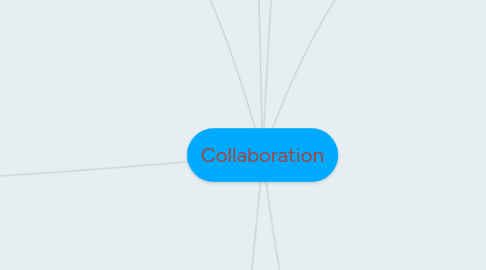
1. Development
1.1. managing transition
1.1.1. shifting thinking
1.1.2. loss of independence
1.2. norms
1.2.1. guidelines of behavior
1.2.2. systemic
1.3. collective
1.3.1. capacity
1.3.2. efficacy
1.4. vision and mission
1.4.1. common goals
1.4.2. unified message
1.5. awareness
1.5.1. self
1.5.2. others
2. Honesty
2.1. trust
2.1.1. for the greater good
2.1.2. reliability
2.2. collegial
2.2.1. professional not personl
2.2.2. pedagogically focused
2.2.3. growth oriented
2.3. reflective
2.3.1. self-reflection
2.3.2. self-awareness
2.3.3. focused on practice
2.4. open-minded
2.4.1. growth mind-set
2.4.2. risk-taker
2.4.3. letting go
2.5. data-driven
2.5.1. results are measureable
2.5.1.1. quantatative
2.5.1.2. qualitative
2.5.2. target focused
3. Progression
3.1. goal oriented
3.1.1. students
3.1.2. teachers
3.1.3. community
3.2. data-driven
3.2.1. measureable
3.2.2. vision and mission
3.3. cause and effect
3.3.1. teaching = learning
3.3.2. goal oriented
3.4. pedagogical reflection
3.4.1. who are we
3.4.2. why are we doing this
3.4.3. why are we doing this this way
3.5. growth mind-set
3.5.1. adaptive vs adapted
3.5.2. open-minded
3.5.3. joy of learning
3.6. frequent assessing of collaborative group
3.6.1. where we are in time and place
3.6.2. purposeful for our practice
3.6.3. ensuring relevance
4. Obstacles
4.1. time
4.1.1. planning
4.1.2. implementing
4.1.3. observing
4.1.4. reflecting
4.1.4.1. assessing
4.1.4.1.1. learning
4.1.4.1.2. pedagogy
4.1.5. next steps
4.2. saboteurs
4.2.1. change resisters
4.2.1.1. knowledge base
4.2.1.2. comfort zone
4.2.1.3. requires more work
4.2.2. lack of buy-in
4.3. autonomy
4.3.1. long standing culture
4.3.2. personal ownership
4.3.3. privatization vs deprivatization
5. Culture
5.1. common language
5.1.1. systemic
5.1.2. purposeful
5.2. visible
5.2.1. actions
5.2.2. throughout the school
5.3. beliefs and values
5.3.1. defined core values
5.3.2. identity
5.4. common purpose
5.4.1. student learning
5.4.2. professional growth
6. Communication
6.1. listening
6.1.1. understanding
6.1.1.1. attentive
6.1.1.2. intentional
6.1.2. foundation of interactions
6.1.2.1. establish rapport
6.1.2.2. builds relationships
6.1.2.3. trust
6.2. clarity
6.2.1. paraphrasing
6.2.2. posing questions
6.2.3. eliminate mis-conceptions
6.3. interpersonal
6.3.1. transactional
6.3.1.1. shared meaning
6.3.1.2. contiuously
6.3.1.3. simultaneously
6.3.1.3.1. sending
6.3.1.3.2. receiving
6.3.2. cues
6.3.2.1. verbal
6.3.2.2. non-verbal
6.3.3. principles
6.3.3.1. unavoidable
6.3.3.2. irreversible
6.3.3.3. dimensionable
6.3.3.3.1. content
6.3.3.3.2. relational
6.3.3.4. learned
6.4. competence
6.4.1. perspective
6.4.1.1. schema
6.4.1.2. open-mindedness
6.4.1.3. diverse
6.4.2. perception
6.4.2.1. selective process
6.4.2.2. organize
6.4.2.2.1. categorizing
6.4.2.3. interpret meaning
6.4.2.4. negotiate
6.4.2.4.1. shared meaning
7. Communities
7.1. students
7.2. families
7.2.1. primary
7.2.2. secondary
7.3. teachers
7.3.1. general
7.3.2. specialist
7.4. support staff
7.4.1. office
7.4.2. para-educators
7.4.3. facility management
7.5. administrators
7.6. resources
7.6.1. local
7.6.2. district
7.6.3. state

